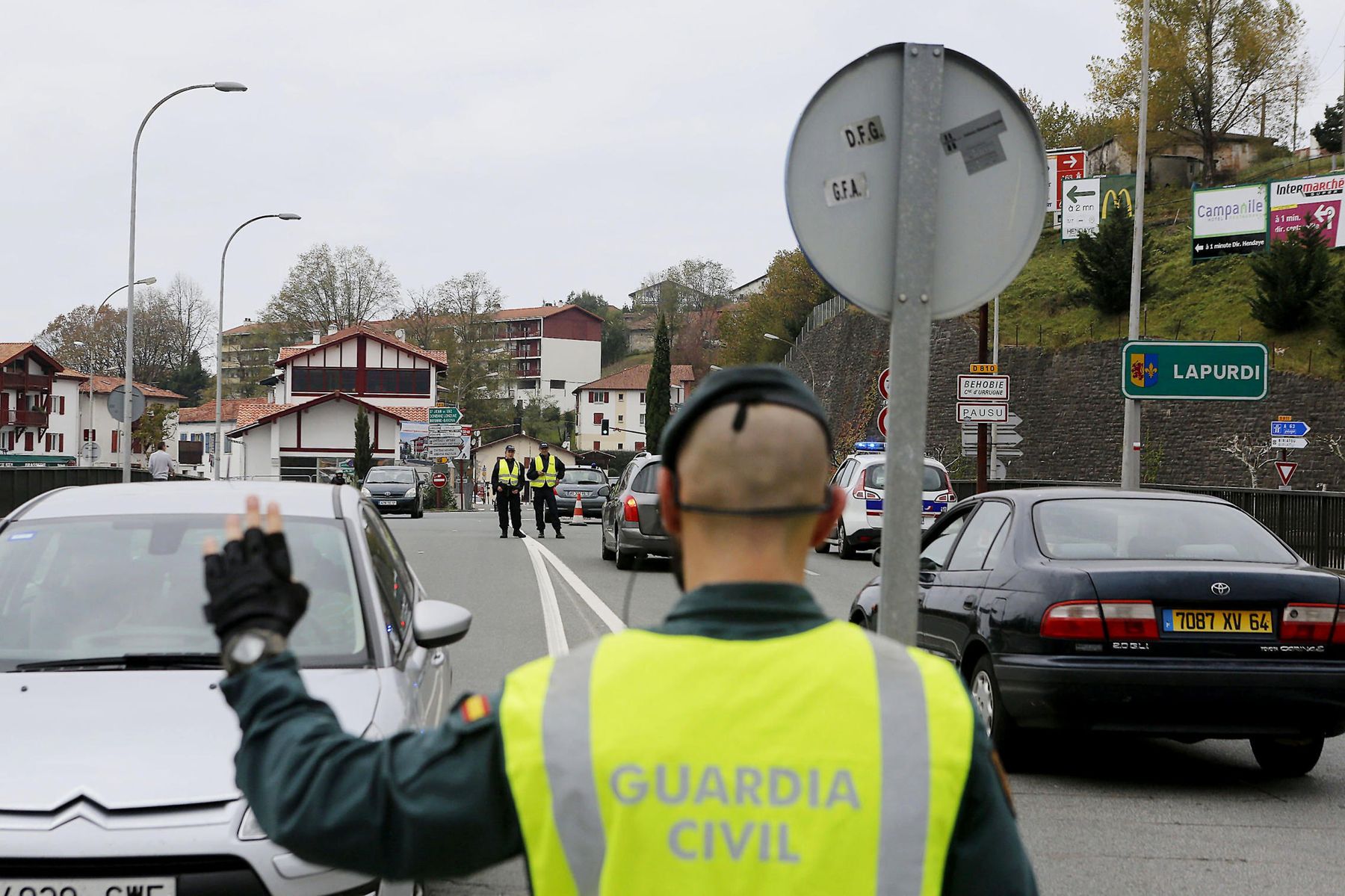Gorrions, weapons of destruction a thousand years ago

Norway, 1030 King Olaf II was killed in the battle of Stiklestade, in an attempt to recover the lost throne against the Danes. Harald Hardrada (c. (1015-1066), the king's teenage brother, also fought in this battle, but managed to escape alive. The Prince of Kiev, Yaroslav I, immediately joined as a mercenary in the service of the Sage and, thanks to his prestige, subsequently entered the Varangian guard of the Byzantine Empire.
In the service of the Empire he worked in various campaigns, including Sicily. On the Mediterranean island, the Varangina Guard won four victories at the orders of the Norwegian, but one of them caused many headaches to the elite Byzantine army, according to a chronicle collected in the King Harald Saga. The taking of the villa seemed impossible: the walls were high and thick, and inside the fortress there were wells and natural sources to supply the inhabitants with water, and they had accumulated enough food to sustain the siege for several months.
Harald spent days looking for a gap. But his effort was useless until he looked at the crowds of gorrions that periodically flew to a forest near the villa for food. He ordered his soldiers to seize as many gorrions as possible. When they had already got enough birds, they had surrounded their ducks with small pieces of wood and straw, pre-impregnated with pitch and sulfur. When they set the packages on fire, the Gorrions, frightened, rushed to search for the inner nest of the villa. Most of the birds, who had not died burned during the route, had their nests in the cornices of the houses, and many of the houses were built with wood, straw or any other flammable material, suddenly dozens of fires erupted. The Sicilians, who had opened the doors of the wall, fled from the fire and asked for clemency from a city that seemed not to have been taken recently. Haralde forgave them life and finally took the city, or the amount of ashes he had had in his day in the city a few hours before.
His victories thanked Romano III.aren, but when Harald asked him for permission to return to his hometown, the emperor refused to lose one of the army's best strategists. Finally, Harald fled to Scandinavia with the most faithful soldiers of the Varangian guard. In 1047, thanks to the military experience accumulated over the years, he easily conquered the Danes and took the throne. In twenty years, Harald III.ak not only consolidated the kingdom of Norway, but also settled in other countries. He was killed in an attempt to conquer the British Isles in 1066, on the battlefield of Stamford Bridge. Don't be confused with the Stamford Bridge, the soccer field witnessing battles almost a millennium later.
Iruña-Veleia auzia “behin betiko” argitzea eskatu dute martxoaren 30ean, Gasteizen egindako manifestazioan. Iruña-Veleia argitu, ez suntsitu plataformak aztarnategian egindako “txikizioak” salatu ditu eta Arabako Foru Aldundiaren ardura... [+]
Kirola eta oroimena uztartuko dituzte, bigarrenez, mendi-martxa baten bitartez. Ez da lehiakorra izanen, helburua beste bat delako. La Fuga izeneko mendi martxak 1938ko sarraskia gogorarazi nahi du. Ezkabako gotorlekuan hasi eta Urepelen amaituko da. Maiatzaren 17an eginen dute.
Bilbo, 1954. Hiriko Alfer eta Gaizkileen Auzitegia homosexualen aurka jazartzen hasi zen, erregimen frankistak izen bereko legea (Ley de Vagos y Maleantes, 1933) espresuki horretarako egokitu ondoren. Frankismoak homosexualen aurka egiten zuen lehenago ere, eta 1970ean legea... [+]
Fusilamenduak, elektrodoak eta poltsa, hobi komunak, kolpismoa, jazarpena, drogak, Galindo, umiliazioak, gerra zikina, Intxaurrondo, narkotrafikoa, estoldak, hizkuntza inposaketa, Altsasu, inpunitatea… Guardia Zibilaren lorratza iluna da Euskal Herrian, baita Espainiako... [+]
Deportazioaren Memoriarako Euskal Koordinakundeak aintzat hartu nahi ditu Hego Euskal Herrian jaio eta bizi ziren, eta 1940tik 1945era Bigarren Mundu Gerra zela eta deportazioa pairatu zuten herritarrak. Anton Gandarias Lekuona izango da haren lehendakaria, 1945ean naziek... [+]
Guardia Zibilaren historia bat - Hemendik alde egiteko arrazoiak izenburupean, datorren astean argitaratuko dugun 305. LARRUN aldizkariaren pasarte batzuk dira ondorengoak, erakunde armatuaren sorrera garaietan girotutakoak.
Iazko uztailean, ARGIAren 2.880. zenbakiko orrialdeotan genuen Bego Ariznabarreta Orbea. Bere aitaren gudaritzaz ari zen, eta 1936ko Gerra Zibilean lagun egindako Aking Chan, Xangai brigadista txinatarraz ere mintzatu zitzaigun. Oraindik orain, berriz, Gasteizen hartu ditu... [+]
Eskultura grekoerromatarrek bere garaian zuten itxurak ez du zerikusirik gaurkoarekin. Erabilitako materiala ez zuten bistan uzten. Orain badakigu kolore biziz margotzen zituztela eta jantziak eta apaingarriak ere eransten zizkietela. Bada, Cecilie Brøns Harvard... [+]
Japonia, XV. mendea. Espioitzan eta hilketa ezkutuetan espezializatutako eliteko talde militarra sortu zen. Edo horixe uste du behintzat Stephen Turnbull historialari britainiarrak. Beste aditu batzuen ustez, askoz lehenago sortu ziren ninjak, duela 2.300-2.500 urte inguru. Eta... [+]
Aranzadi Zientzia Elkarteko Etnografia Sailaren zuzendari berria da Maite Errarte Zurutuza (Beasain, 1995), urrian Fermin Leizaolaren lekukoa hartu ondoren. Kultura materiala aztertzen jarraitzeko beharra azpimarratu du, gizartearen memoria eta bizimodu aldaketak erregistratzeko... [+]
Gogora Institutuak 1936ko Gerrako biktimen inguruan egindako txostenean "erreketeak, falangistak, Kondor Legioko hegazkinlari alemaniar naziak eta faxista italiarrak" ageri direla salatu du Intxorta 1937 elkarteak, eta izen horiek kentzeko eskatu du. Maria Jesus San Jose... [+]
Familiak eskatu bezala, aurten Angel oroitzeko ekitaldia lore-eskaintza txiki bat izan da, Martin Azpilikueta kalean oroitarazten duen plakaren ondoan. 21 urte geroago, Angel jada biktima-estatus ofizialarekin gogoratzen dute.
Atapuercako aztarnategian hominido zahar baten aurpegi-hezur zatiak aurkitu dituzte. Homo affinis erectus bezala sailkatu dute giza-espezieen artean, eta gure arbasoek Afrikatik kanpora egindako lehen migrazioei buruzko teoriak irauli ditzake, adituen arabera.























